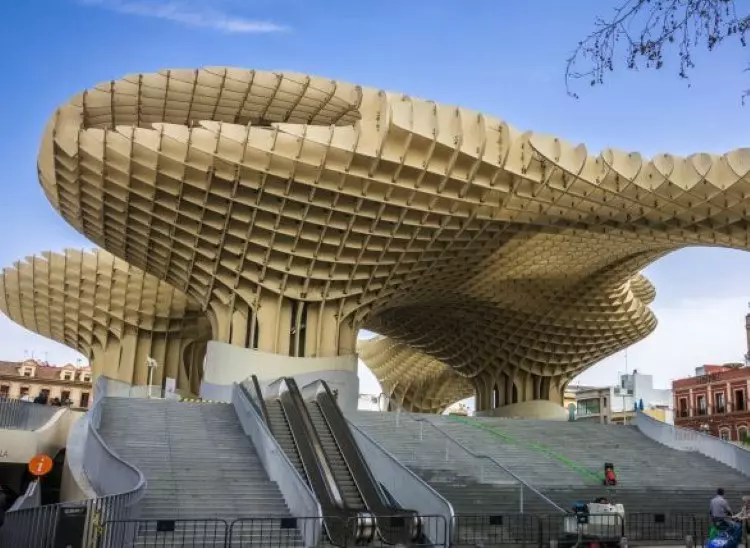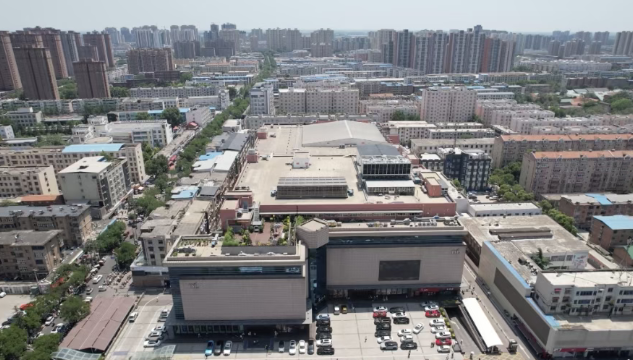The European Commission is beginning the construction of an innovative building for the Joint Research Centre (JRC) in Seville (Spain) designed by BIG LEEP. BIG LEEP has realised a lot of interesting sustainable projects like CopenHill.
The JRC site in Seville has been operational since 1994 and hosts over 400 international staff, providing technical information and data to support key European policies such as the digital economy, artificial intelligence, innovation, and sustainability.
Incorporating the principles of the New European Bauhaus, the new building will serve as a model of sustainability and innovation. This project will be the first in the history of European institutions to fully offset the CO2 emissions from both construction and operation.
The building will feature a domed roof made of solar panels that generate more energy than the building consumes. This will not only meet the current energy needs but also offset the carbon footprint from construction. The roof will provide shade for a square, a garden, and the building itself. Lightweight, square panels will be supported by tall columns, creating an open-air space that will be accessible to the public. The project makes extensive use of local materials, including limestone, wood, and ceramics, reducing the environmental impact during construction while reflecting Seville’s architectural traditions.
Inside, there will be transformable offices, conference rooms, and public spaces. The latter will be open to citizens, making the building not just an office but a hub for the local community.

Image by BIG
The JRC is located in La Cartuja, the former EXPO 92 site. La Cartuja is characterized by iconic, isolated buildings set on large plots, separated by wide, undefined streets, giving the area a sense of desolation. One of the goals of the JRC project is to revitalize this part of the city and breathe new life into La Cartuja.
This project is the result of collaboration between the European Commission, Seville City Council, the Government of Andalusia, and the Spanish Government to consolidate the JRC’s presence in the city.
The JRC building is not the first one made of sustainable materials in Seville. Another one is the world’s largest wooden building, Metropol Parasol, which serves as the central square of Encarnación. It houses shops, restaurants, a large panoramic terrace, an archaeological museum, and even a farmers’ market. The complex covers an area of 5,000 m², and its grid-like undulating roofs are visible from several neighborhoods across Seville. The height of the roofs reaches 26-28 meters. The vast upper platform is supported by powerful wooden columns that “grow” from concrete bases. Stairs and elevators are integrated into these columns.

Projects like the new JRC building and Metropol Parasol not only reduce carbon emissions but also make the city more modern and functional. They also serve as cultural hubs, attracting both the local community and tourists.


